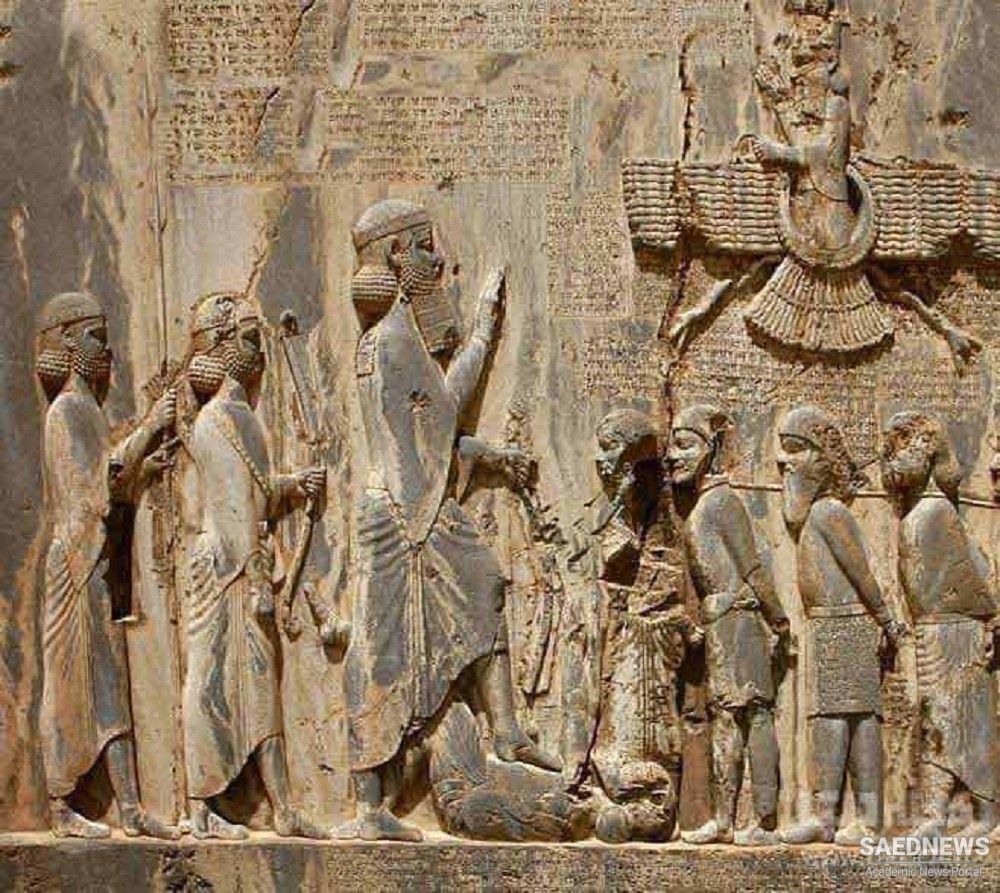Speakers and area. The Old Persian language was spoken by the Persian tribes (OP pārsa-) living in the historical region of Persis (< Greek Περσίς), that corresponds to the modern-day province of Fars of the Islamic Republic of Iran. It was one of the official languages of the Achaemenid Empire, along with Akkadian, Elamite and Aramaic.
Script. Old Persian is attested in Achaemenid royal inscriptions (VI-IV cc. BC.), which were inscribed on various hard surfaces, like rocks or stone/metallic objects, and, at least once, on a clay tablet (Stolper & Tavernier 2007). It is written with a peculiar cuneiform script, which was probably adopted during the reign of Darius I (522-486 BC.).
This language seems to have been spoken long before it was committed to writing in the VI century BC., and in the later inscriptions it already displays signs of grammatical and phonetic change (signifying the transition from Old Persian to Middle Persian).
Grammar. Old Persian belongs to the Southwestern group of Iranian languages. It has an inflected grammatical structure, which means that it has a complex grammar with 3 grammatical genders, 6 noun-cases (Nom. Acc., Gen.-Dat., Instr.-Abl., Loc., Voc.), 3 voices (Act., Mid., Pass.), 3 numbers (Singular, Dual, Plural), etc.
A major impediment for the study of Old Persian grammar is the very limited character and style of the Achaemenid inscriptions.
The following phonetic developments separate OP from the other Old Iranian languages of the same period:
Old Iranian (reconstructed) *ts > Old Persian θ (= th); OI *dz > OP d; OI *tsw > OP s; OI *θr > OP ç; OI *dw > OP duv/dv; etc.


 Persian Language and Its Short History
Persian Language and Its Short History














































